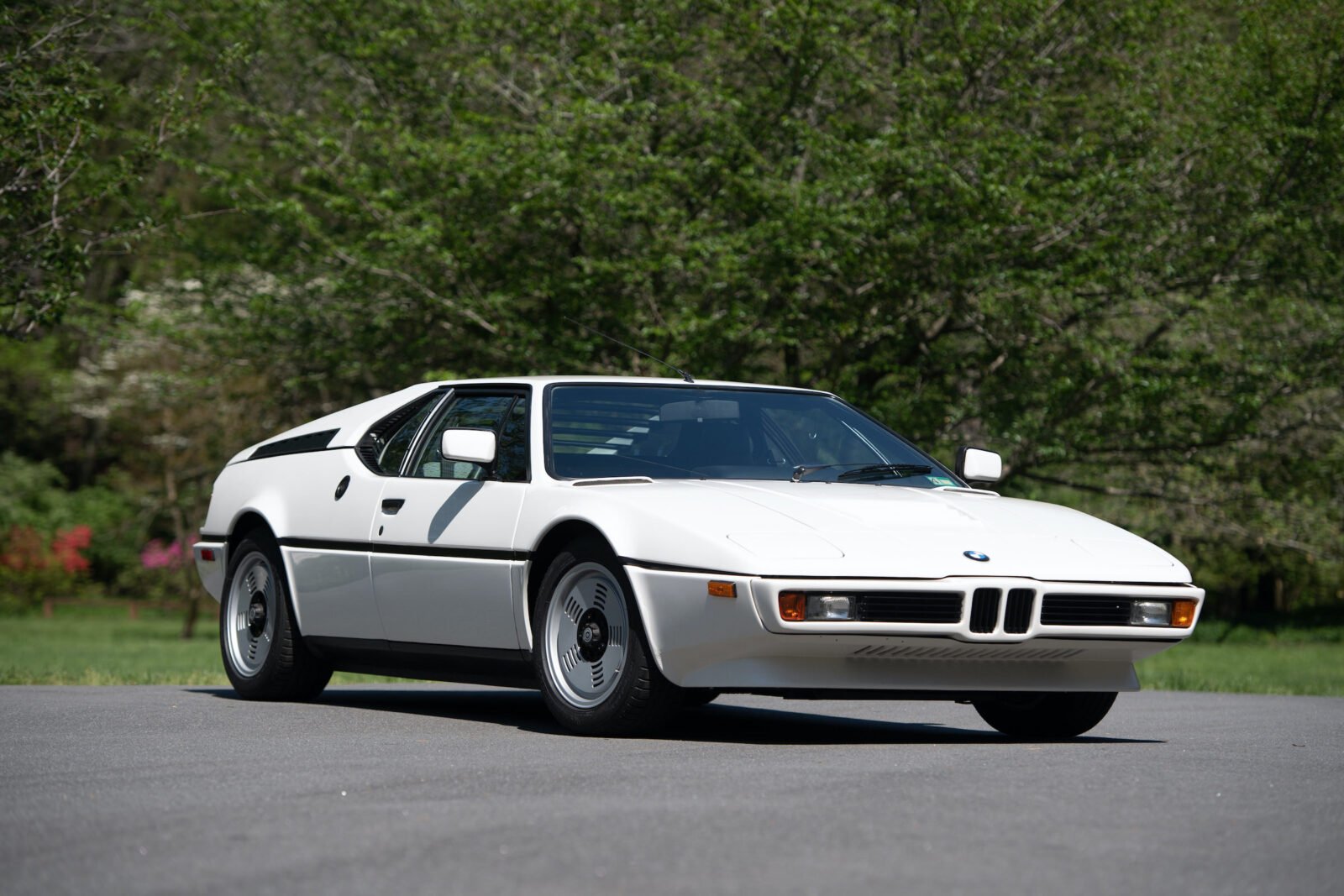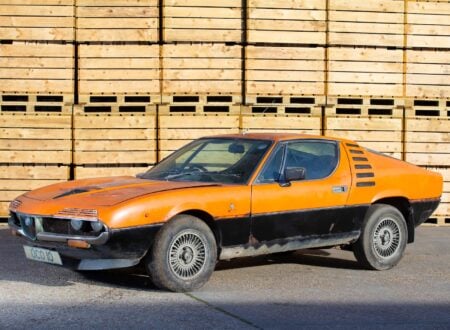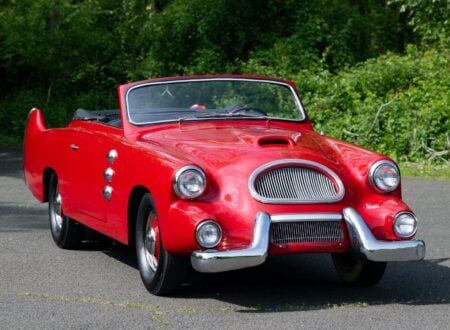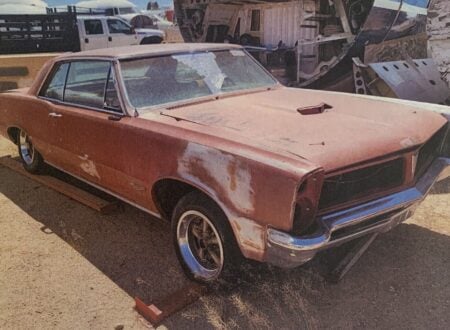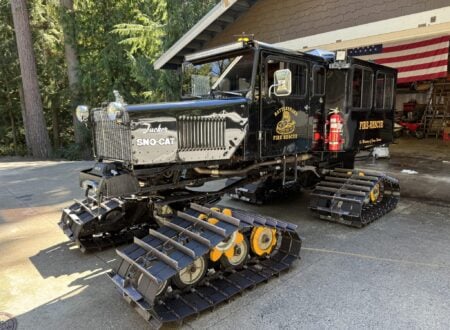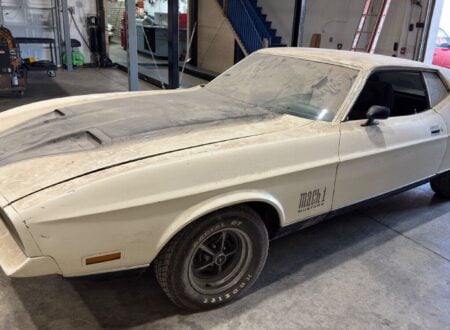The BMW M1 is the end result of BMW wanting to beat their fellow Germans over at Porsche in Group 5 racing. The Porsche 935 was going to be impossible to beat with any of the cars BMW had in production at the time, so this in mind they approached Lamborghini to collaborate on a mid-engined supercar that could trounce the 935 and get the roundel back to the front of the grid.
The original plan had been to have Lamborghini actually build the car however the Italian automaker was on somewhat shaky financial ground at the time. Early prototypes of the M1 had been built at Lamborghini with a tubular steel space frame chassis developed by Gianpaolo Dallara, with a body designed by Giorgetto Giugiaro.
As the relationship with Lamborghini fell apart a group of former Lamborghini engineers set up a company called Italengineering and offered to continue developing the car. BMW accepted and the M1 continued its development cycle in Italy just 10 miles down the road from Lamborghini’s headquarters.
The M1 would be the first mid-engined BMW production car and it would remain so for decades until the release of the BMW i8 in 2014. Giugiaro used the earlier 1972 BMW Turbo concept car designed by Paul Bracq as his inspiration for the M1, applying his own distinctive style resulting in a car that was unmistakably a child of its era.
The purpose of the M1 project from the outset had been motorsport and as a result, every aspect of the car had been designed with the race track in mind. The rigid tubular steel space frame chassis was fitted with a BMW M88 3.5 litre inline-six cylinder engine which was longitudinally mounted behind the driver and passenger.
The M88 engine was a master stroke of engineering from BMW icon Paul Rosche, it has four valves per cylinder operated by double overhead cams. The head is alloy and it has an iron block, and it makes use of six individual throttle bodies feeding in ample air for the 3453cc swept capacity.
A few versions of this engine were developed including the M88/1, M88/2, and M88/3. The road going version fitted to the production M1 was capable of 273 hp at 6,500 rpm and 243 lb ft of torque at 5,500 rpm, however the Procar version was turning out over 450 hp in race trim.
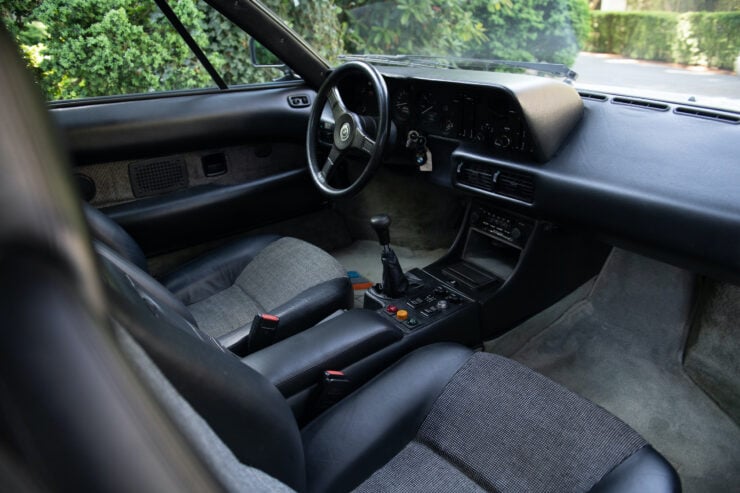
Above Image: The interior was provided comfortable accommodations for two people, with modern refinements like electric windows, air conditioning, and a stereo.
Suspension on the M1 consists of double wishbones with adjustable coil springs and Bilstein shock absorbers front and back, rack and pinion steering was used, and the car was fitted with ventilated disc brakes measuring 300mm up front and 297mm in the rear.
A 5-speed manual transmission was used with no automatic transmission offering unsurprisingly, and the somewhat snug interior could comfortably accommodate two people with refinements like electric windows, a stereo, and air conditioning.
Over the course of the 1978 to 1981 production run just 455 examples of the BMW M1 were built, with 56 of these being race cars not intended for the road. Today the M1 is remembered as the German company’s first dalliance with mid-engined cars, and the sound of that M88 six singing over your right shoulder is enough to make anyone a fan for life.
The 1980 BMW M1 Shown Here
The M1 you see here is a 1980 model and unusually it was imported into the United States relatively early on in its life, in 1984. Only a small number of M1s were imported into the USA and as a result they’ve always been a popular car throughout North America, both for their desirability and their scarcity.
When it was imported in late 1984 federalization and emissions modifications were completed by South Coast Compliance in Santa Ana, California. In 1987 the car was bought by its current owner who has kept it in remarkable condition for 35 years, accumulating just 3,075 miles in all that time and spending over $50,000 USD on the vehicle since 2018.
It’s now due to cross the auction block with RM Sotheby’s on the 22nd of May with a price guide of $350,000 to $425,000 USD. It’s accompanied by a matching spare wheel, service invoices, historic documentation, and a BMW Classic certificate confirming the presence of its numbers-matching engine.
If you’d like to read more about it or register to bid you can click here to visit the listing.
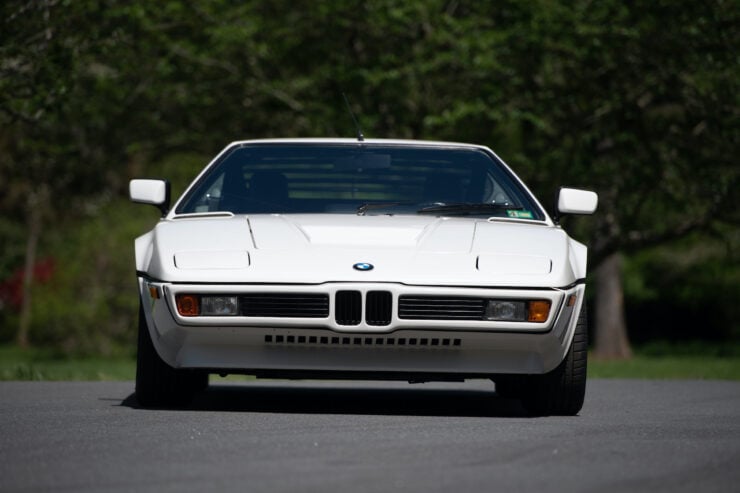
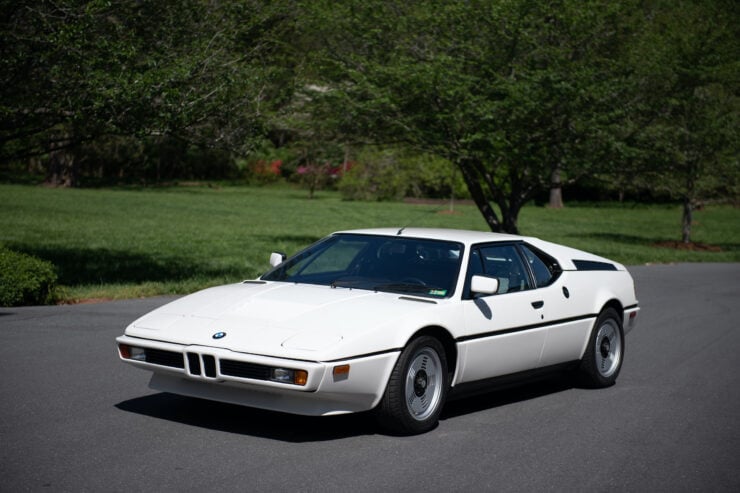
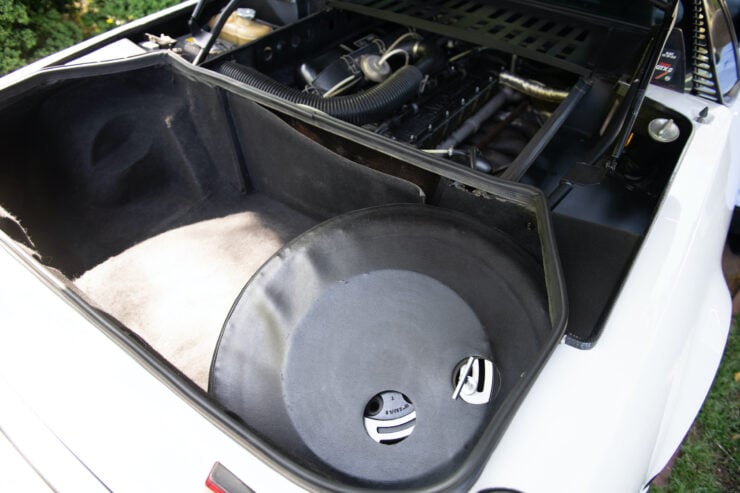
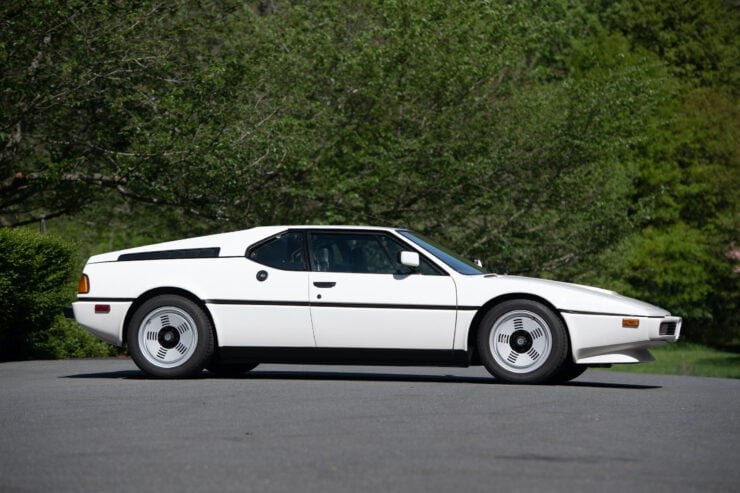
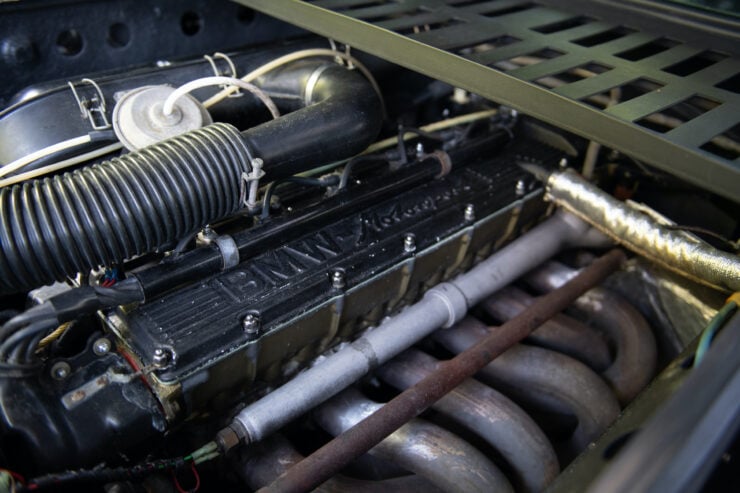
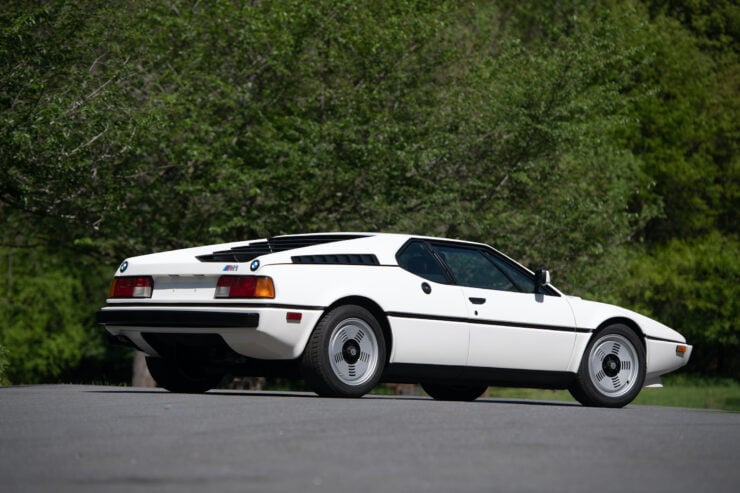
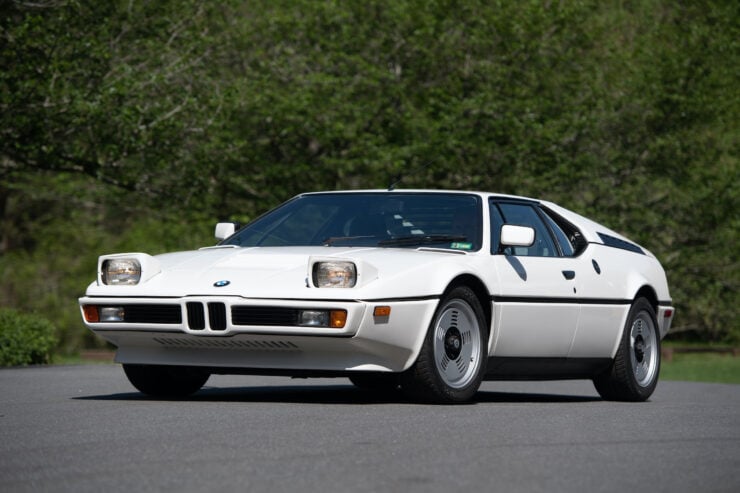

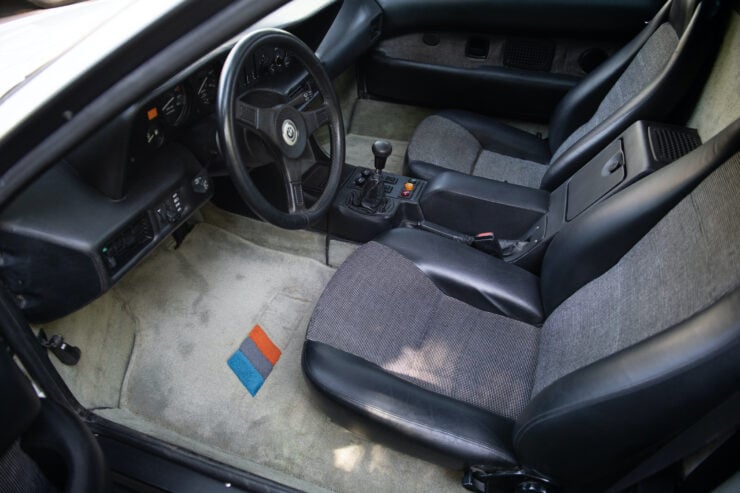
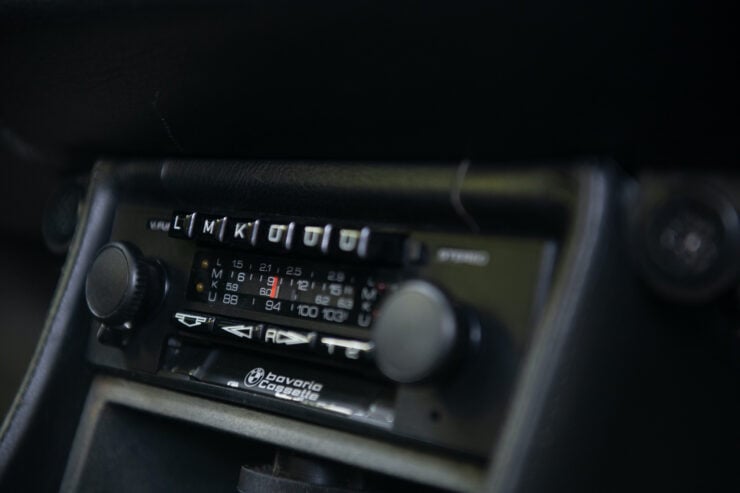

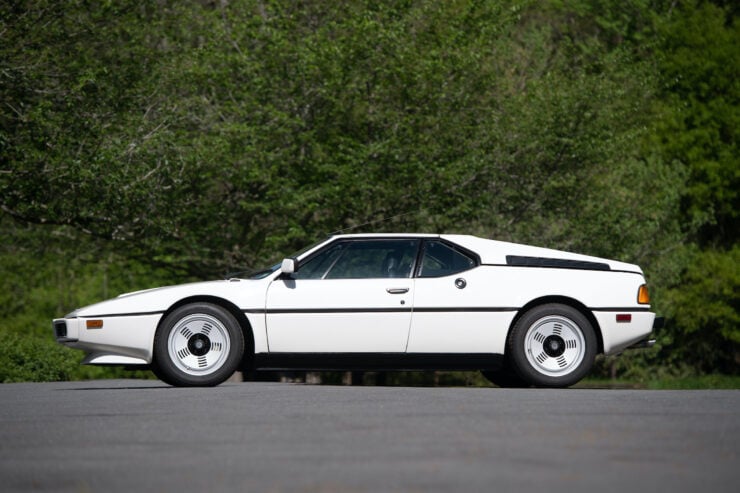
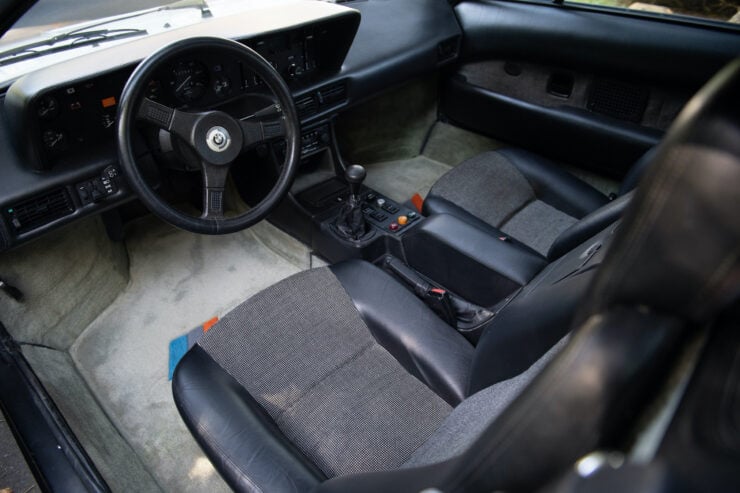
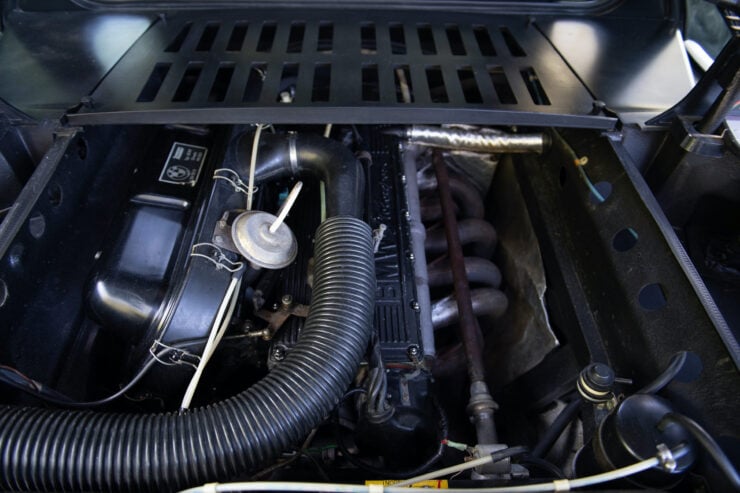
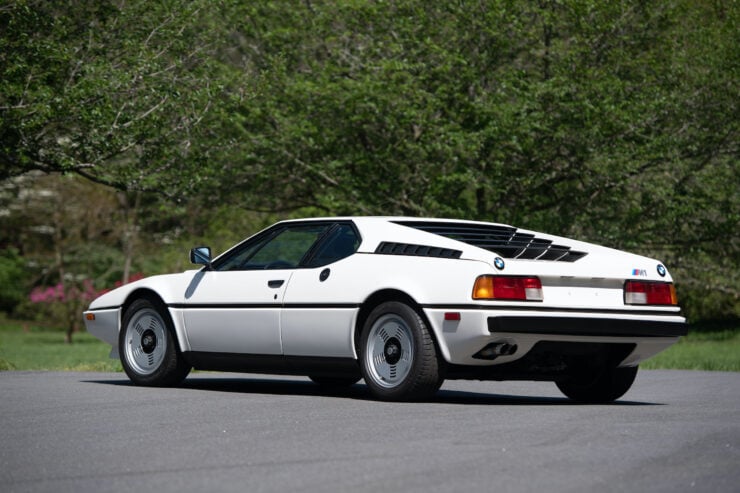
Images: Jamey Price ©2021 Courtesy of RM Sotheby’s

